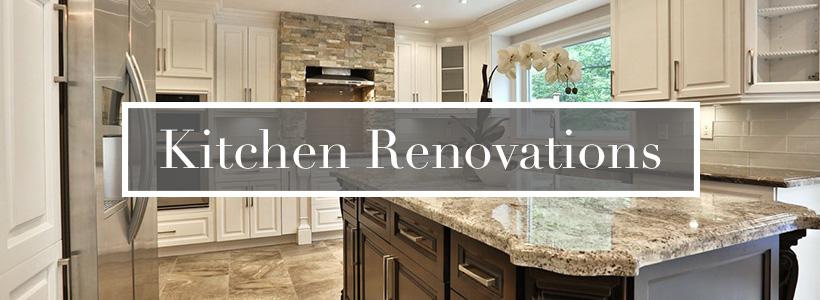
How to Avoid Cabinet Painting Mistakes
No matter what home renovation project or task you set out to perform in the home, it is best to begin with patience. Patience gives you the wherewithal to take a step back and examine what you’re doing for a second or two, and hopefully the added scrutiny will help you avoid a mistake or bad cut. Patience will lead to experience and success over time and this holds true with every project, including painting the interior of your home.
The thing that seems to trip up homeowners is that they fail to understand painting cabinets is not like painting a wall. There are an infinitely larger number of nooks and crannies to paint around, not to mention some high and low areas that can be very time consuming without the proper tools. The following list is designed to give the average homeowner a leg-up when it comes to tackling a cabinet painting project.
Rot Resistance
The make-up of today’s plywood allows it to absorb and retain protective coatings and preservatives that make it strong and resistant to rot, corrosion and deformity, so it is an ideal material for use with chemicals and water-related buildings or storage facilities.
Slow Down
As mentioned above, patience is your ally when it comes to painting. Rushing the job results in streaks, drips and missed edges that can make the job look very unprofessional. Take your time and be prepared to spend a few sessions on the project.
Strip ‘Em
It may take a few minutes of your time, but removing the hardware, doors and drawers will make the project go a lot faster and save you the effort of cleaning up after all the hinges you accidentally painted.
Sand for Stickiness
Cabinets that have been previously painted won’t hold new paint very well unless you sand them. There is no need to sand off earlier coats, but just make sure you scuff the top layer a decent amount so that it would appear to have a matte finish.
Clean it Up
Funny thing, paint doesn’t stick to dirt. It also leaves rough surfaces and slows down the painting process in general. To eliminate this problem, run a vacuum over the entire area, then wipe it down with a wet rag to clean up an debris.
Prime the Job
Primer is sold for a reason people. It is highly advisable to prime the work space before you apply coats of the actual paint. This will prevent past colors from seeping through and also give your paint something to adhere to.
Label the Pieces and Parts
Like any project that has lots of little pieces, it is a good idea to label the drawers, doors and hardware as you remove it. You might even consider making a diagram with each piece labeled with a letter and show them on your diagram.
Cheap Paint
Cheap paint will show through over time. It will not give you a smooth finish with good coverage and you’ll just be happier with a better quality paint from a reputable dealer. Non-professionals will also find the job goes a lot easier with better quality paint.
Keep the Doors Off
You may be itching to get the doors back on your cabinets to admire your handiwork, but you should know it can take several days for the paint to cure and installing the doors early can damage the paint job. It is best to be patient and avoid damaging your work for no reason.
Don’t Rush The Job
These paint mistakes and pitfalls are common and by using this guide, you should be able to avoid to them. The main idea of this article is use patience as your best tool to make good decisions and not rush the job.
Additional Articles About Kitchen Remodelling
- High Quality Plywood is all the Rage in Cabinetry
- Saving on Kitchen Renovation Costs
- How to Avoid Cabinet Painting Mistakes
- To repair or replace the countertop during kitchen renovation
- How to Spruce Up a Tired Kitchen
- The Complete Kitchen Renovation Checklist
- Selecting the right backsplash
- Renovating a Kitchen on a Budget
- Planning your Kitchen Workflow
- Kitchen Renovation Pitfalls You Should Avoid
- Five Timeless Kitchen Renovation Ideas
- Five Kitchen Trends that will define design in 2016
- Dos and Don’ts for Kitchen Renovation
- Budgeting for your Kitchen Remodel
- 5 Budget Friendly Kitchen Renovation Ideas for Improved ROI



